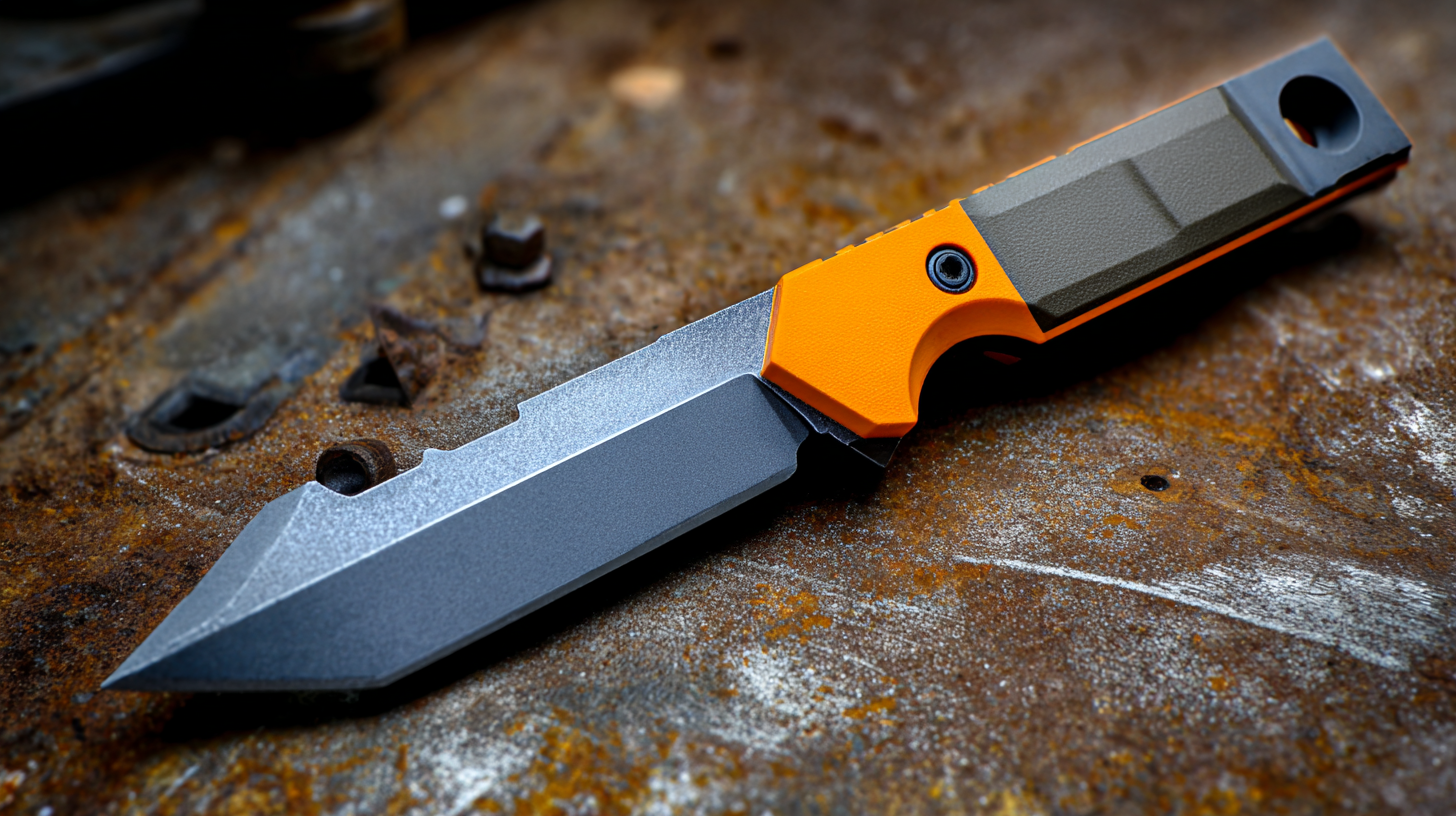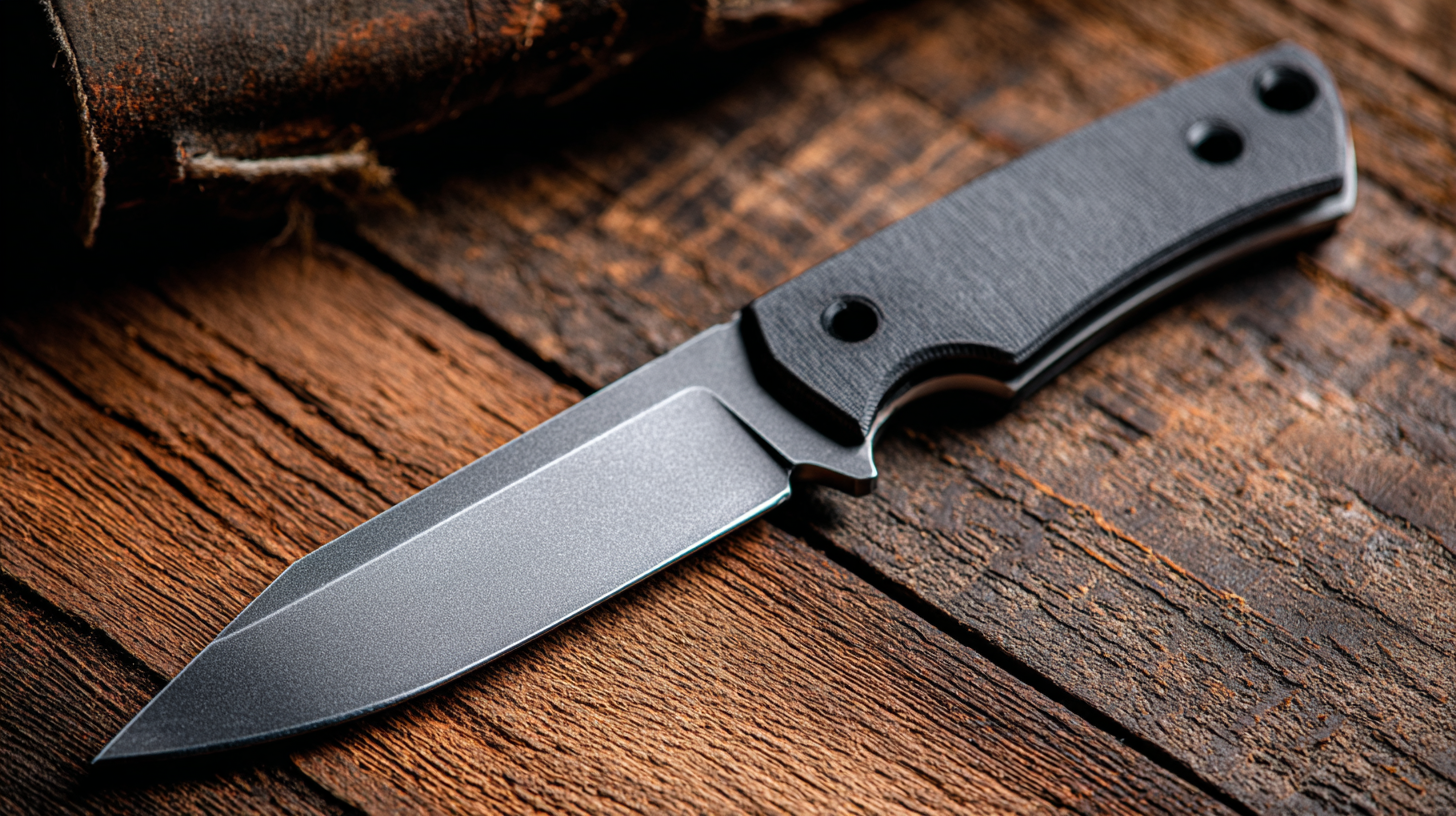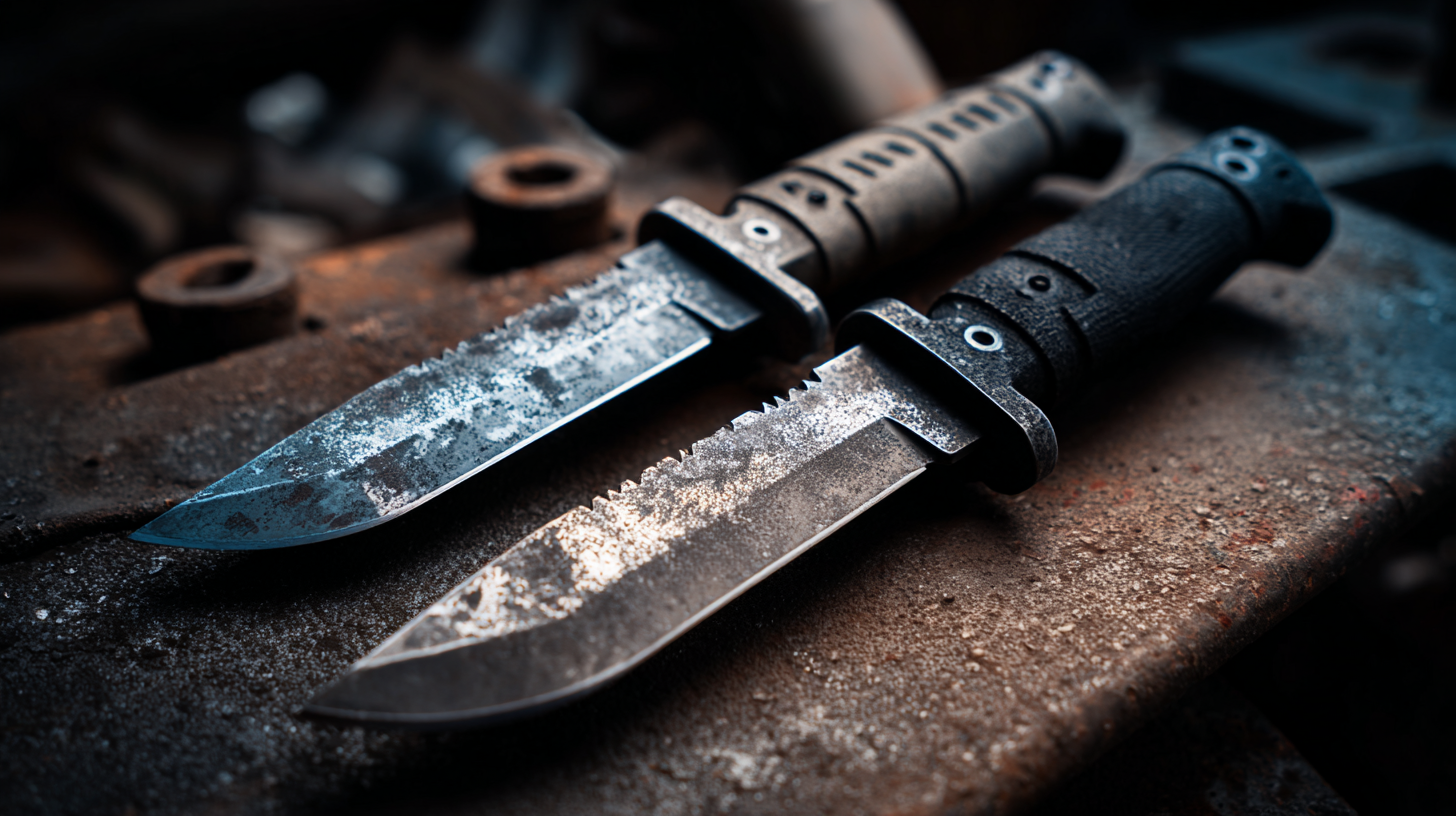
-
Home
-
About Us
-
Products
-
News
-
Blog
-
Contact Us
Leave Your Message

In the industrial sector, the reliability and efficiency of electrical systems are crucial for seamless operations. One essential component in safeguarding these systems is the Knife Blade Fuse, known for its quick response to overcurrent situations. According to a recent industry report from MarketsandMarkets, the global fuse market is projected to reach USD 6.56 billion by 2025, growing at a CAGR of 5.2%. This growth underscores the increasing reliance on advanced protective devices, such as Knife Blade Fuses, in various applications, from manufacturing to power distribution. The right selection of Knife Blade Fuses can significantly enhance operational safety and equipment longevity, making it imperative for industrial professionals to understand the key factors influencing their performance. In this blog, we will explore critical aspects to consider when choosing the best Knife Blade Fuse to meet your specific industrial needs.

When selecting the best knife blade fuse for industrial applications, it’s crucial to understand the different types available and their specific uses. Knife blade fuses are characterized by their unique blade-like terminals that fit into the fuse holders, making them easy to replace and providing secure connections. The most common types include standard fuses, time-delay fuses, and fast-acting fuses. Standard fuses are typically used in applications with moderate overload conditions, while time-delay fuses are ideal for circuit protection in environments with temporary surges, such as motors or transformers. Fast-acting fuses, on the other hand, are designed for sensitive devices that require immediate protection against short circuits.
Different industries may necessitate distinct fuse ratings based on their operational requirements. For instance, automotive and HVAC industries often favor fuses rated for higher current loads due to the diverse equipment involved. Additionally, safety ratings such as ASTM and UL standards should be considered, as they ensure that the fuses can handle specific fault conditions effectively. Understanding the types and specifications of knife blade fuses allows for informed decisions that enhance safety and efficiency in industrial settings.
When selecting the right knife blade fuse for your industrial applications, there are several key considerations to keep in mind. First and foremost, it’s essential to understand the current and voltage ratings needed for your specific equipment. Each application may have different requirements, and choosing a fuse that can handle the maximum current without tripping unintentionally is critical for optimal performance.
Additionally, consider the environmental conditions in which the fuse will operate. Factors such as temperature, humidity, and exposure to contaminants can affect the lifespan and reliability of the fuse. For instance, in harsh environments, a fuse with a higher resistance to moisture and dust will ensure longevity and safety.
**Tips:** When evaluating potential knife blade fuses, always check for compliance with industry standards. This ensures that the fuse not only fits your technical needs but also adheres to safety regulations. Lastly, consulting with a supplier or expert who understands the specific demands of your industry can provide valuable insights, helping you make an informed decision that enhances your operational efficiency.

When it comes to choosing knife blade fuses for industrial applications, real-world case studies provide invaluable insights. A study conducted by the Institute of Electrical and Electronics Engineers (IEEE) highlighted a manufacturing facility that experienced a 30% reduction in downtime after upgrading to high-performance knife blade fuses. The facility replaced traditional fuses with modern variants, which not only improved reliability but also enhanced safety by significantly lowering the risk of electrical fires.
In another case, a utility company adopted knife blade fuses to handle increased load demands efficiently. According to a report from the U.S. Department of Energy, this implementation resulted in a 15% increase in operational efficiency. The knife blade fuses provided superior overload protection, reducing equipment failure rates and contributing to overall system longevity. These cases demonstrate that, when selected properly, knife blade fuses can address specific industrial needs while improving performance metrics and safety standards.
| Application | Fuse Rating (A) | Voltage (V) | Implementation Outcome | Notes |
|---|---|---|---|---|
| Machine Manufacturing | 63 | 400 | Reduced downtime, improved safety | Switch to higher-rated fuses |
| Food Processing | 45 | 230 | Increased efficiency, decreased failures | Regular testing recommended |
| Metal Fabrication | 32 | 480 | Safer equipment operation | Consider environmental factors |
| Textile Industry | 10 | 220 | Improved processing accuracy | Evaluate performance quarterly |
| Construction Sites | 80 | 600 | Enhanced equipment protection | Use weatherproof enclosures |
When selecting knife blade fuses for industrial applications, avoiding common mistakes is crucial to ensure optimal performance and safety. One prevalent error is the underestimation of the fuse's current rating. According to a report by the National Electrical Manufacturers Association (NEMA), improper sizing of fuses can lead to equipment damage or unexpected downtime, impacting productivity. It's essential to consult the equipment's specifications and consider the inrush currents that may occur during operation.

Another frequent misstep is neglecting to consider the environmental factors associated with the installation site. For instance, the temperature, humidity, and the presence of corrosive elements can significantly affect the fuse's performance and lifespan. A study by the Institute of Electrical and Electronics Engineers (IEEE) revealed that a staggering 30% of fuse failures in industrial settings stem from environmental stresses. Therefore, selecting a fuse designed for specific environmental conditions is vital for reliability and longevity. By being mindful of these considerations, industries can avoid costly operational issues and ensure a safe working environment.
The evolution of knife blade fuse technology is significantly shaping industrial applications, particularly in energy management and electrical safety. Recent industry reports forecast that the global fuse market will reach $4.26 billion by 2027, indicating a robust growth fueled by the increasing demand for reliable circuit protection solutions. Knife blade fuses are particularly favored in heavy-duty applications such as industrial machinery, power distribution, and renewable energy systems due to their high current ratings and ease of replacement.
As the industry leans towards more advanced materials and smarter technology, the future of knife blade fuses looks promising. Innovations such as the integration of smart monitoring features are being developed, allowing for real-time data on operational performance and fuse status. This data-driven approach not only enhances safety but also aids in predictive maintenance, reducing downtime and operational costs.
**Tips:** Always consider the voltage and current ratings of the knife blade fuse to ensure compatibility with your equipment. Additionally, keep an eye on emerging smart technologies that can enhance operational efficiency and safety. Regularly review industry guidelines and standards to ensure compliance and maximize the effectiveness of your fuses in industrial setups.